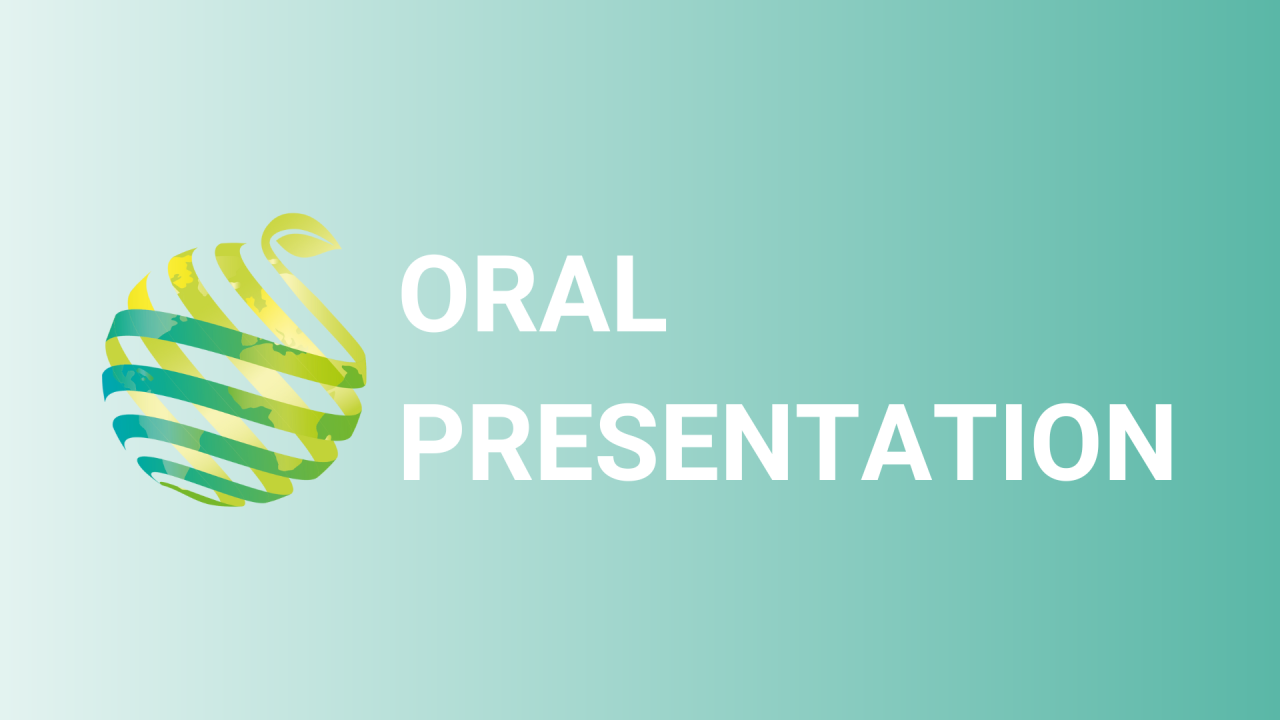

S23 - Session O4 - Use of hyperspectral images and a chlorophyll-related index (Cri) as a non-destructive tool to sort Granny Smith apples according to sun-related disorders postharvest
Information
Authors: Rene Mogollon *, Carolina Torres, David Rudell
Sun-stress in apples is responsible for fruit quality postharvest and incidence of physiological disorders such as sunscald. However, not all fruit affected by sunburn or directly exposed to the sun with no sun injury symptoms develop sunscald. Granny Smith apples were harvested from orchards near Wenatchee WA in 2019 and 2020 and sorted by sunburn severity (clean, mild, and moderate). Hyperspectral images (640 x 840 px; 400-1100 nm, Headwall Photonics, Bolton, MA) were taken monthly from harvest until five months into cold storage. Spectral information was extracted and pre-processed with Savizky-Golay and Standard Normal Variate filters. The chlorophyll-related index (Cri) was calculated from reflectance at 430, 454, 549, and 662 nm obtained from each image pixel. Cluster analysis in season 1 identified four categories differentiating sun-stress using the Cri index. Categories 1 and 2 grouped fruit with low or no sun exposure had a low risk of sunscald development (incidence < 6 %). Fruit in category 3 represented high-risk of sunscald (incidence 15-17%), and those in category 4 rejected (sunscald incidence > 87 %). The second season categories 2 and 3 had to be adjusted to account for seasonal variation. The use of Cri values to characterize fruit distributions according to their sun stress level has the potential to become a non-destructive risk-tool for fruit sorting at harvest.